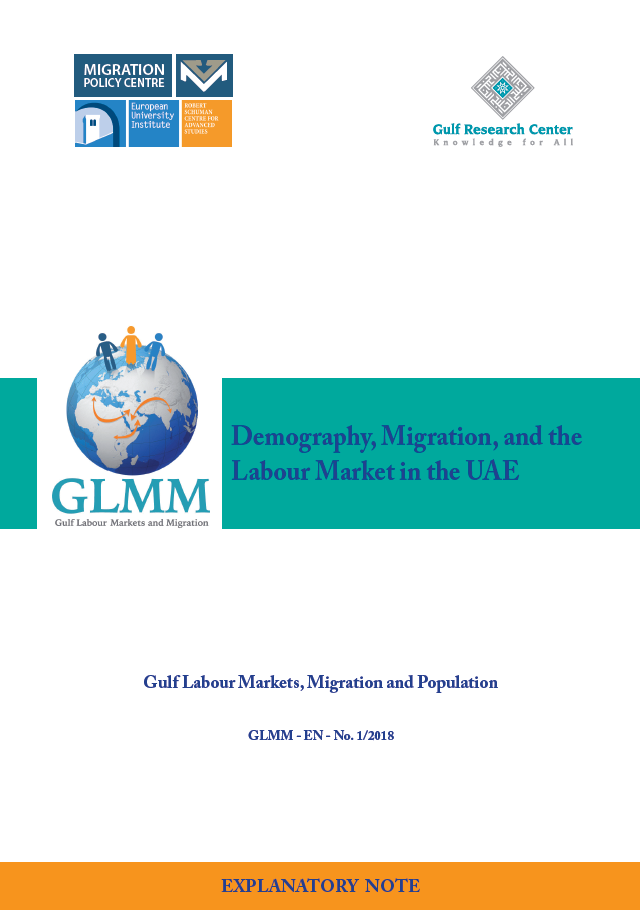Labor and Employment

The objective of the paper is to draw a sketch of the population and migration dynamics of the United Arab Emirates (UAE), using the data available from federal and emirate-level statistical bureaus. In 2016, the total population of the UAE was estimated to be 9,121,167, thirty-two times the population counted in 1971, the year the country was established. The Emirate of Fujeirah had the smallest share of foreign nationals in its total population (61 per cent) while Dubai had the largest (91 per cent). Most expatriates were from Asia and especially from India: the India-UAE corridor could be the second largest in the world, and Indian, Bangladeshi and Pakistani expatriates outnumbered Emirati citizens around 2015. In the employed population, foreign nationals accounted for an even larger share (96 per cent of Dubai’s employed population in 2011). In 2016, federal and local governmental bodies employee figures were as follows: 78.5 per cent Emirati and a mere 6 per cent foreign nationals. Expatriates mostly worked in the private sector (73 per cent), while nationals accounted only for 8.3 per cent. Fifty-two per cent of female expatriates were employed in the domestic sector in 2016. Unlike in other GCC states, a quarter of the working expatriates in the UAE were in managerial posts, employed in a spectrum of activities across all sectors. The number of expatriates shot up during the 2000s, a period of spectacular economic growth propelled by soaring oil prices. Since the financial downturn in 2008, however, the economy has recovered and the hiring of foreign workers is resuming, stimulated by large-scale infrastructure projects, especially in Dubai. Nonetheless, reforms in immigration policies are now being undertaken, fuelled by security concerns, pressures from human rights’ protection bodies, and the need to bolster citizens’ employment (Emiratisation) and upskill the labour force to implement a knowledge-based economy in the country. To that end, the planned introduction of skills certification requirements for migrants by countries of destination is likely to have significant impact on the size and composition of future migration flows, migrants’ activities, and their expectations in terms of rights.
View PDF
Related Topics
-
Egypt in Figures - Population 2022
2022"Egypt in Figures" is a booklet issued each year by the Central Agency for Public Mobilization and Statistics (CAPMAS). It contains the most...Read More -
Egypt in Figures - Education 2022
2022"Egypt in Figures" is a booklet issued each year by the Central Agency for Public Mobilization and Statistics (CAPMAS). It contains the most...Read More -
Egypt in Figures - Economy 2022
2022"Egypt in Figures" is a booklet issued each year by the Central Agency for Public Mobilization and Statistics (CAPMAS). It contains the most...Read More


